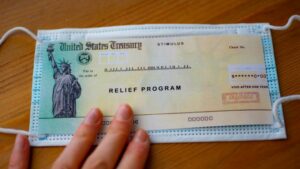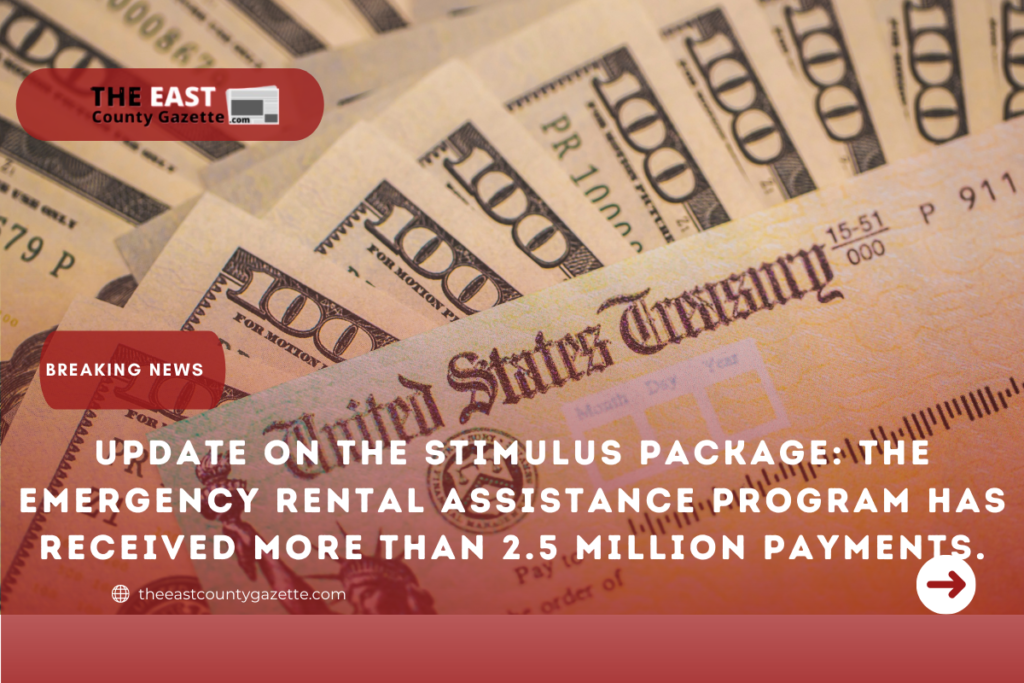State and municipal governments are continuing to provide financial assistance to individuals who are most in need while the economic recovery effort continues to progress.
Through the Department of the Treasury’s Emergency Rental Assistance (ERA) program, state and local governments provided rental assistance to more than 521,000 tenants and landlords in October, according to a report released on Monday, November 29 by the Department of the Treasury.

Since its inception, the program has seen more than $2.8 billion in grants provided to more than 2.5 million people, an increase over the previous year.
ERA 1 and ERA 2 funds, according to Treasury Department projections, will be spent or otherwise committed between $25 billion and $30 billion by the end of 2021. At least 80% of the ERA 1 funding will be used by the end of the year, which is nine months ahead of the deadline for submitting applications.
According to a news release from the United States Treasury, more than 100 state and local ERA 1 grantees had spent 95 percent or more of their funding by the end of October, and 130 grantees had already begun to use ERA 2 monies.
Make your money work for you by investing it
Who are some of the largest spenders?
- New York State has paid or committed to pay $2 billion of the entire ERA contribution of $2.4 billion, representing a quarter of the total.
- Texas has spent $1.2 billion, which exceeds its ERA 1 and ERA 2 allotments by a significant margin.
- Oregon has also used up all of its available funds.
Read More: Florida Governor De Santis: Declare State of Emergency on Housing Lawmakers
However, if you live in one of these states and are in need of assistance, you may still be able to submit an application for rental assistance.
Federal money from states and local governments that have not exhausted their ERA 1 funds are being reallocated by the Treasury Department to other states and local governments. According to the Treasury, a significant portion of the reallocation will be done on a voluntary basis.
The Treasury Department also encourages governments to seek alternative sources of money, such as the $350 billion available under the Coronavirus State and Local Fiscal Recovery Funds, to help alleviate the fiscal crisis.

